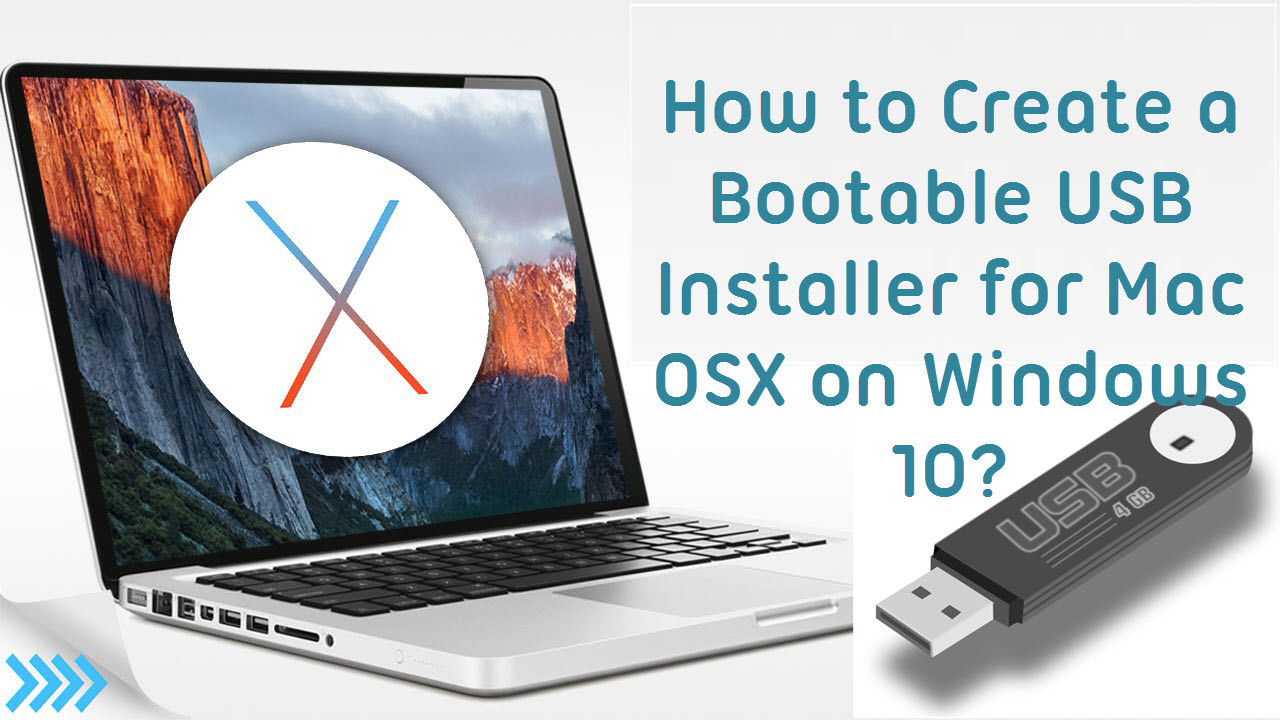

This is because Windows can't read the file format that macOS uses. But since you are creating a bootable USB on your Windows computer, you will need to use a DMG file in order to do so. You can get macOS versions from the Apple download portal or Mac App Store.

They are typically used to create bootable USB drives or other disk images that you can use to install macOS on a Mac.

A high-quality USB flash drive with at least 6 to 8GB of free space.ĭMG files are a type of disk image that are used to store data on a Mac OS X computer.The software is available for both Windows as well as Mac. UUByte software to create a bootable USB drive.You will find how to download macOS Or Mac OS X DMG File in the later part. A copy of the macOS installer (DMG file).You can now quit Terminal and eject the volume. When Terminal says that it's done, the volume will have the same name as the installer you downloaded, such as Install macOS Monterey.After the volume is erased, you may see an alert that Terminal would like to access files on a removable volume.Terminal shows the progress as the volume is erased. When prompted, type Y to confirm that you want to erase the volume, then press Return.Terminal doesn't show any characters as you type. When prompted, type your administrator password.If the volume has a different name, replace MyVolume in the command with the name of your volume. Each command assumes that the installer is in your Applications folder, and MyVolume is the name of the USB flash drive or other volume you're using. Type or paste one of the commands below into Terminal, then press Return to enter the command.Open Terminal, which is in the Utilities folder of your Applications folder.Plug in the USB flash drive or other volume that you're using for the bootable installer.


 0 kommentar(er)
0 kommentar(er)
